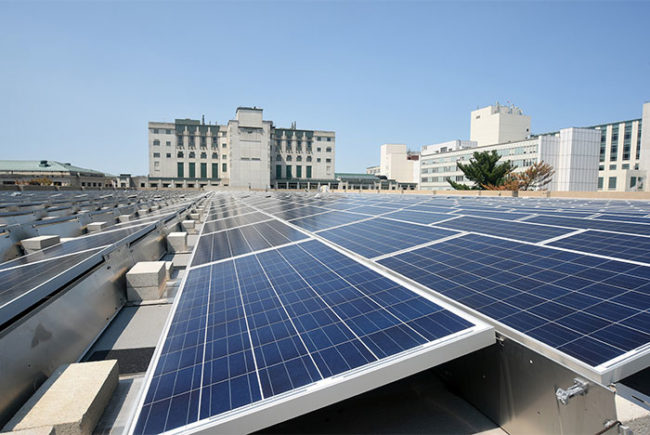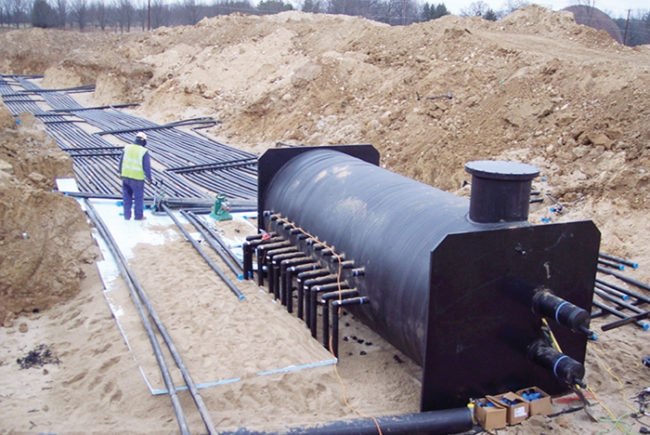The medical center's three chiller plants consist of 12 chillers that cool 2.6 million square feet in two hospitals, five institutes and the Penn State College of Medicine.
Six years into a multiphase energy-efficiency program at Penn State Health in Hershey, Pa., its Milton S. Hershey Medical Center campus energy engineer, Kevin Kanoff, took aim at the center’s chiller plants. They were running efficiently, but Kanoff believed they could operate even better.
After finding and implementing a solution almost a year ago, the center’s 12 chillers are running at peak efficiency, cutting electricity costs, using less water and reducing carbon emissions. Annual energy savings attributed to plant optimization have reached 4.2 gigawatt hours (GWh) per year, roughly 1 GWh more than Kanoff expected. Campuswide energy intensity decreased 24 percent from 2009 levels.
The chiller system is part of a multiphase energy-efficiency program and helped Hershey decrease its carbon footprint by 7 million pounds of CO2 emissions in the first year of operation.
“Through this project, we are more aware of energy efficiency and savings,” Kanoff says. “It’s helping the team to see the bigger picture. We’re not just providing chilled water, but we’re doing it as efficiently as possible and, ultimately, saving money.”
The energy reduction translates into electricity cost savings of about $300,000 a year. An added bonus was a one-time $416,000 efficiency incentive from the medical center’s electric utility.
Hershey decreased its carbon footprint by 7 million pounds of CO2 emissions in the first year of operation. It’s also saving more than 1.4 million gallons of water per year as a result of the reduced energy consumption.
The optimization project involved three chiller plants that cool 2.6 million square feet in two hospitals, five institutes and the Penn State College of Medicine. A central plant with eight chillers and two satellite plants of two chillers each provide a total of 14,200 tons of cooling; the system also uses a 1.4 million-gallon, chilled-water storage tank.
Previous efficiency measures had cut the campus’s energy intensity by 20 percent, so Kanoff had to find a way to squeeze out additional efficiencies. Johnson Controls, the project’s prime contractor, brought in partner Optimum Energy to perform an engineering site assessment (ESA).
In addition to its central plant, the health system uses two satellite plants of two chillers each that provide a total of 14,200 tons of cooling.
The ESA proved the viability of optimization, and Optimum Energy came on board. First, Johnson Controls paved the way by installing variable-speed drives on pumps and fans, adding power meters and sensors on system components and fully automating the manual plant.
Optimum Energy’s OptimumLOOP control software and cloud-based OptiCx analytics optimize the plant by automatically staging the chillers and chilled-water storage tank as an integrated system.
The software continuously collects data from Johnson Controls’ Metasys building automation system about plant operations and occupancy, outside conditions and hundreds of other parameters. It also calculates how to operate for peak efficiency and operational stability, then adjusts speeds of pumps and fans and other component set points in real time.
Optimization streamlined chiller operations that staff had performed manually and without a complete picture of the system.
The team still monitors the chillers and verifies the data, but now they do it with the software and more certainty, Kanoff says. “And they’re able to accomplish more, managing and operating the entire plant without the old white-knuckle approach.”





